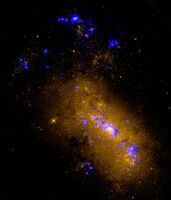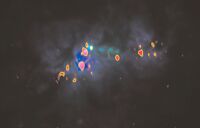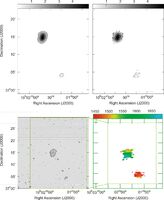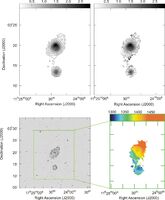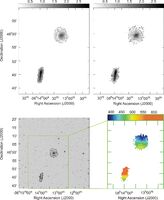Legacy Astronomical Images > Galaxies Series > Dwarf Galaxies Unit
Description
Dwarf galaxies are generally smaller and less luminous than normal galaxies. They may be associated with larger spiral galaxies and may make up part of a galactic halo. Most dwarfs can be classified as Dwarf Spheroidal (dSph) or Dwarf Elliptical (dE), but if they are undergoing a burst of star formation, they may be classified as Blue Compact Dwarfs (BCDs).
Collection Items
Collection Tree
- Legacy Astronomical Images
- Legacy Astronomical Images > Galaxies Series
- Legacy Astronomical Images > Galaxies Series > Dwarf Galaxies Unit
- Legacy Astronomical Images > Galaxies Series

